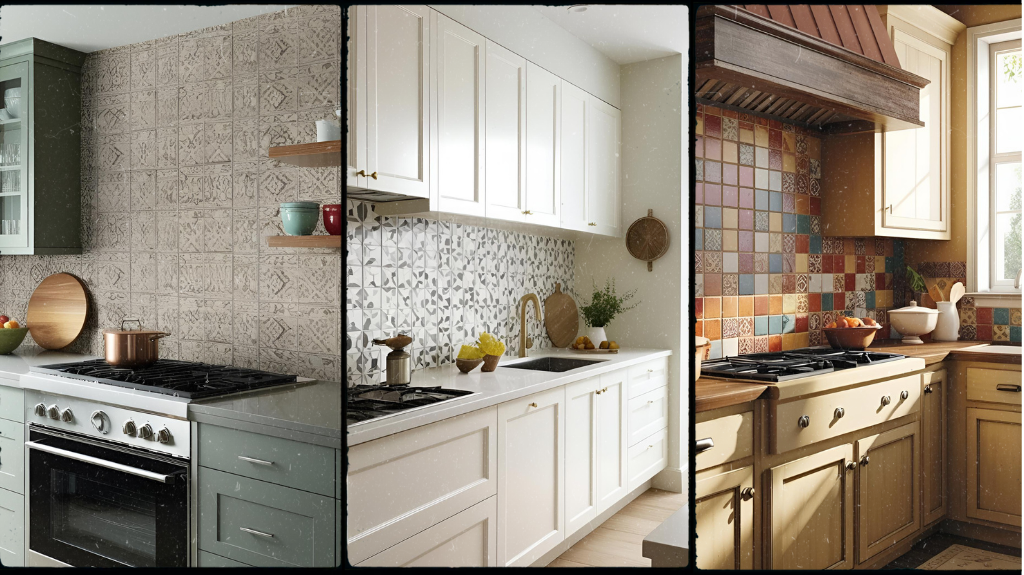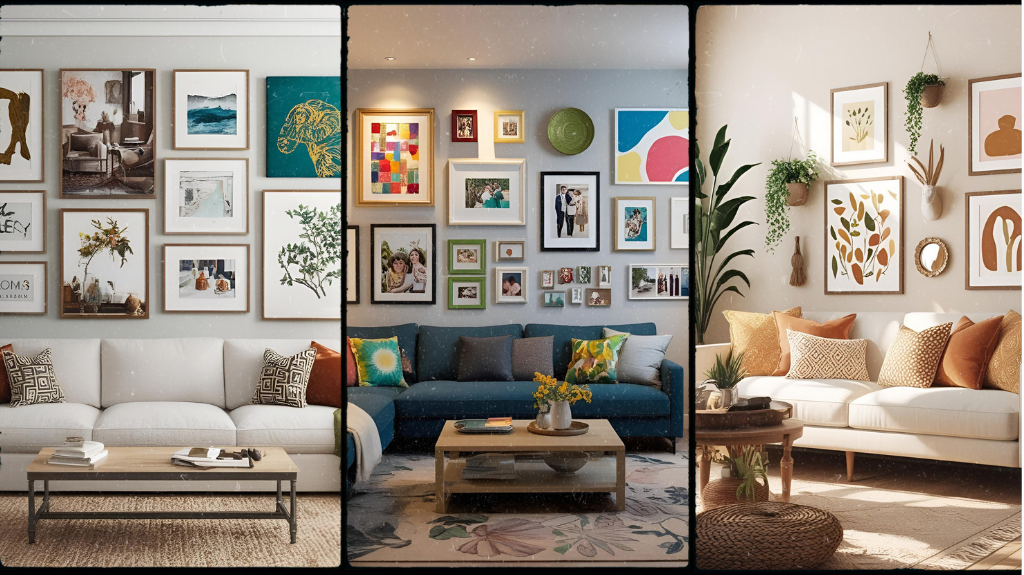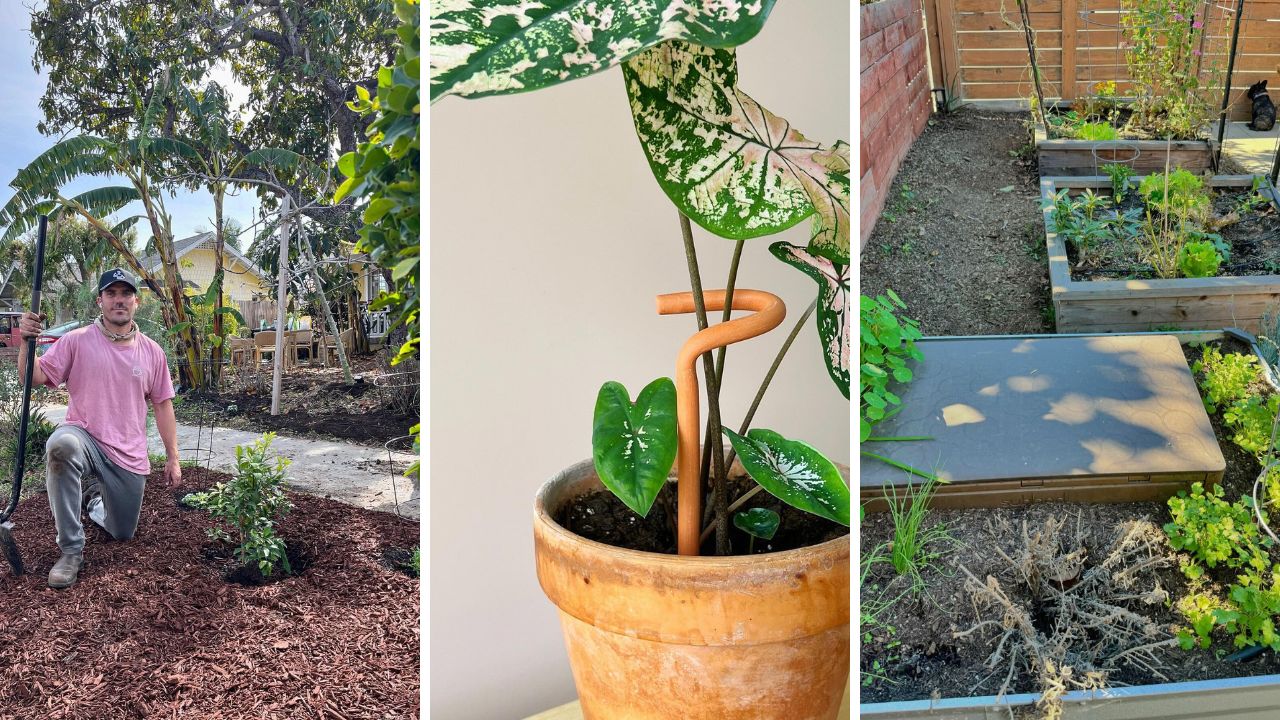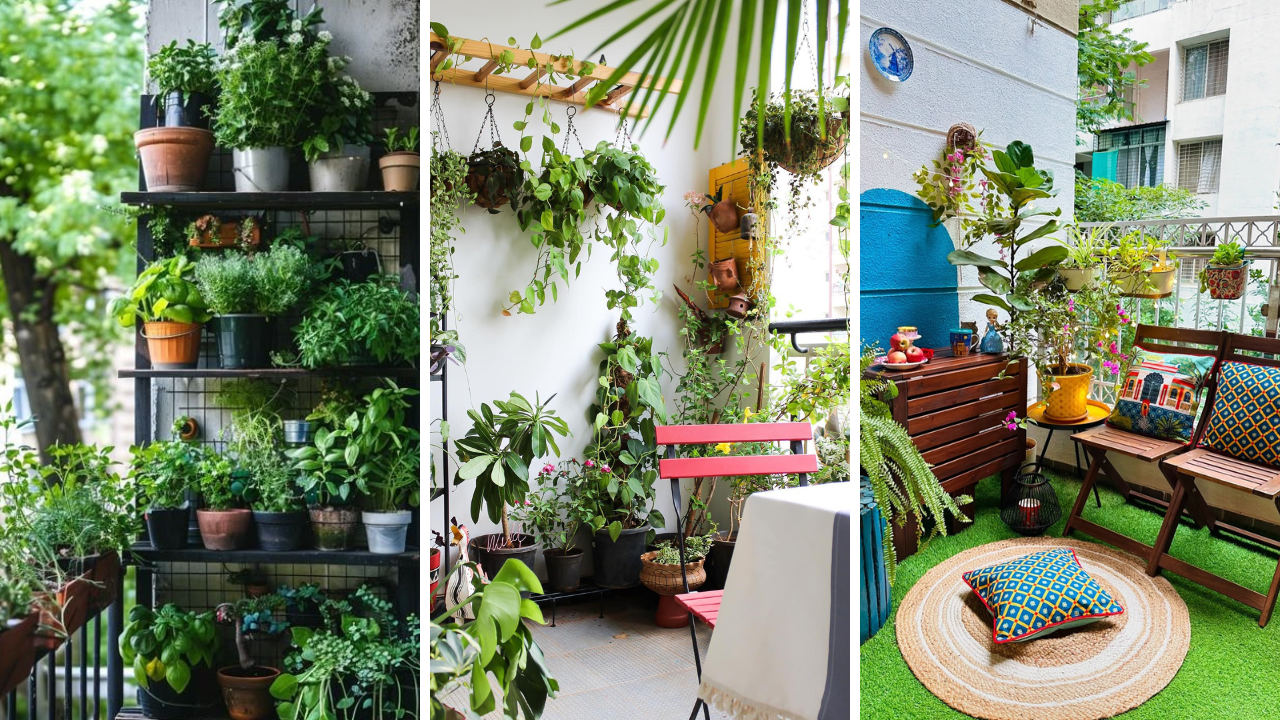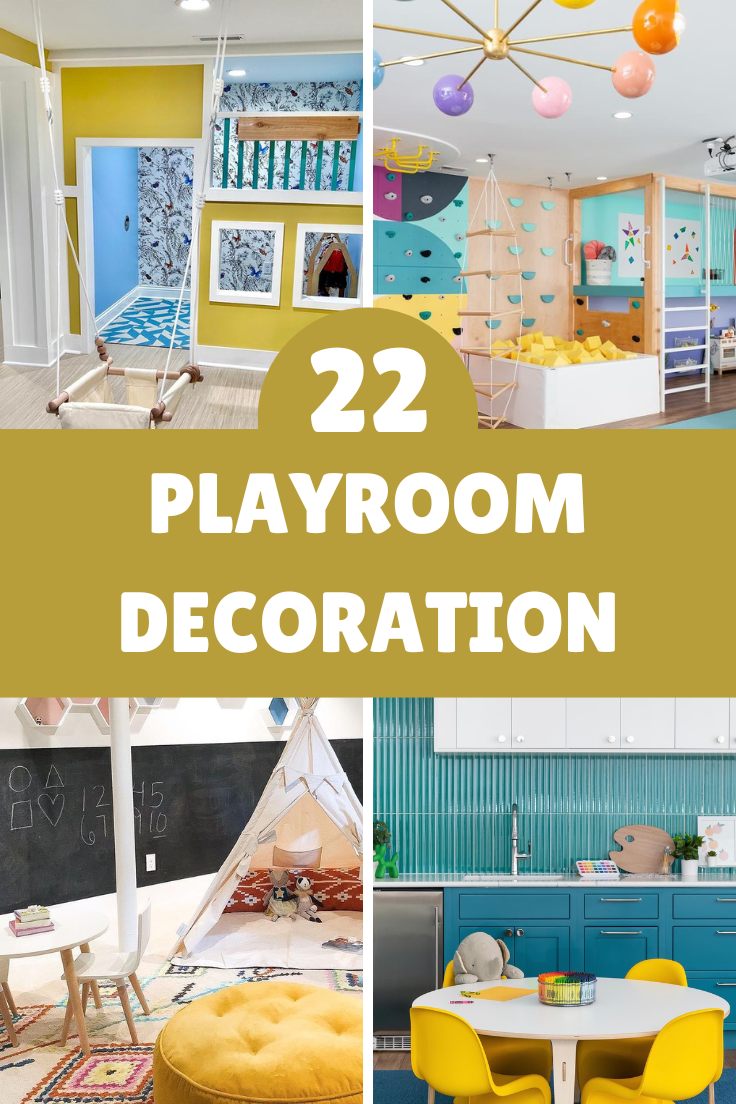
Creating a playroom that makes your kids smile is a wonderful way to bring both creativity and fun into their daily routine. A playroom should be more than just a space for toys and games; it should inspire imagination, provide opportunities for learning, and offer a comfortable and safe environment. The decorations and design choices you make can transform a simple room into an exciting and vibrant place that your kids can enjoy for years to come. In this article, we’ll dive into 22 playroom decoration ideas that are guaranteed to make your little ones light up with joy. From functional furniture to creative design touches, these ideas will help you create a space that encourages both play and learning. Plus, we’ll recommend the best products available on Amazon to help you bring these ideas to life with ease.
1. Fun-Themed Wall Murals for Visual Appeal
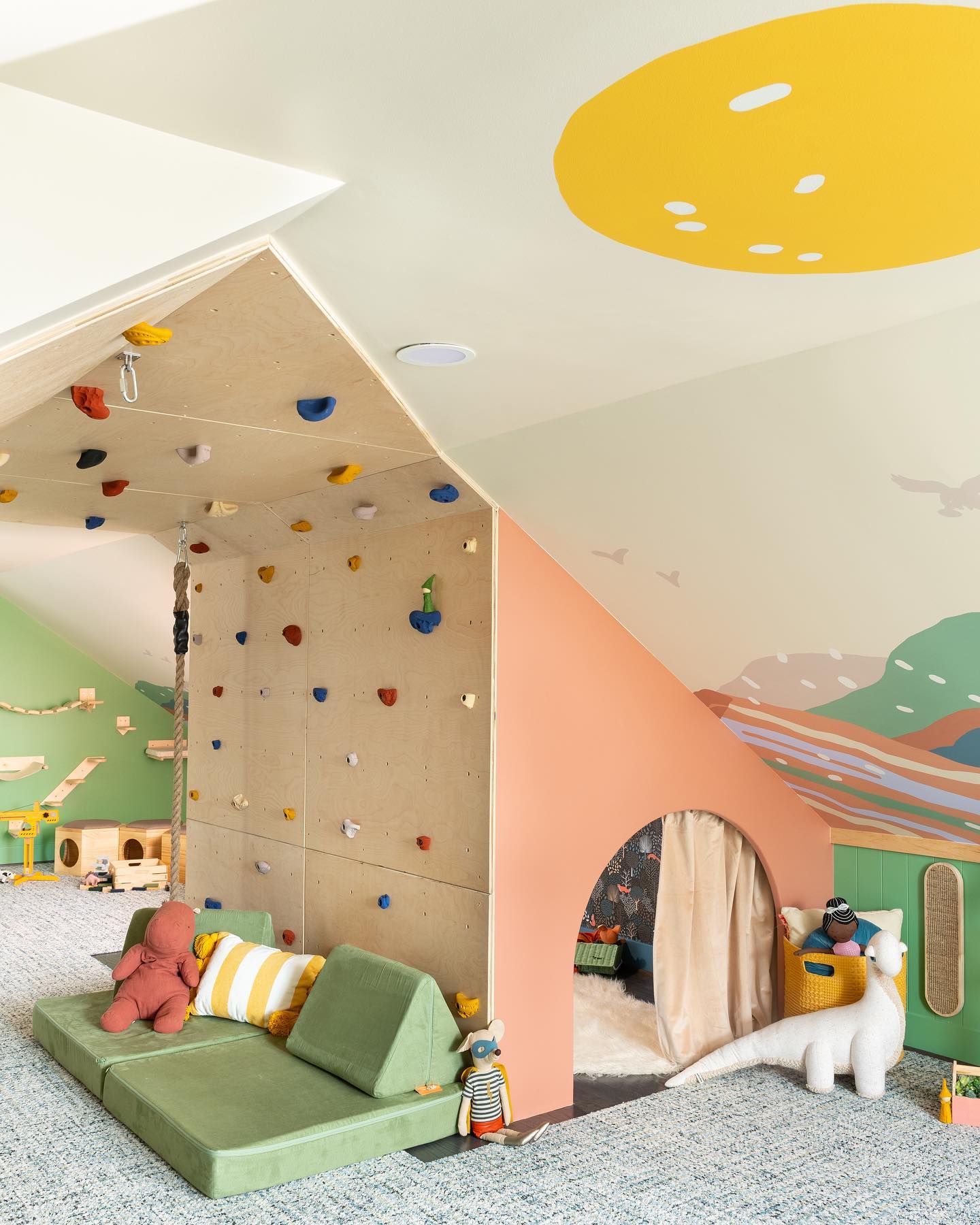
source @grohplayrooms
One of the best ways to inject instant fun into a playroom is by adding a colorful, themed wall mural. Murals can transport your child into a magical world, whether it’s a safari adventure, an underwater kingdom, or a whimsical forest. These murals can also be tailored to your child’s favorite hobbies, interests, or favorite animals. By creating a large statement piece on one of the walls, you can set the tone for the entire room. This approach doesn’t just make the room visually stimulating but also sparks imagination, providing the perfect backdrop for play.
2. Bright, Bold Color Palettes
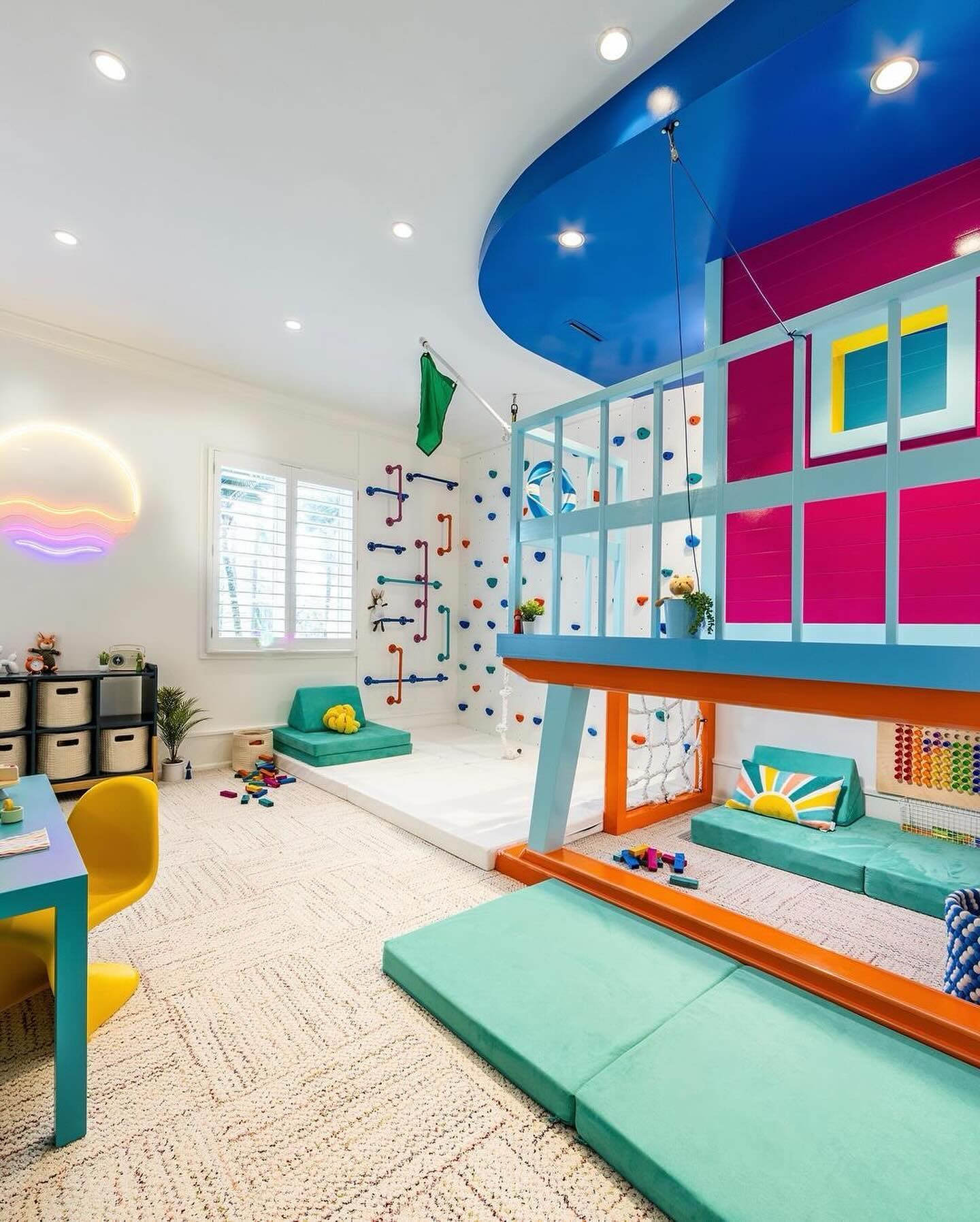
source @grohplayrooms
Color plays a vital role in setting the mood of a room, and in a playroom, it should evoke energy, excitement, and creativity. Instead of opting for neutral tones, consider bright colors such as turquoise, hot pink, lime green, or yellow. Bold color choices bring life to the room and create an environment that feels fun and vibrant. Mixing and matching different hues can also give the room a playful aesthetic, with accent walls or color-blocked sections that make the space feel dynamic and visually interesting. For a modern twist, consider pairing bright colors with clean white furniture to balance the overall look.
3. Playful Area Rugs for Comfort and Style
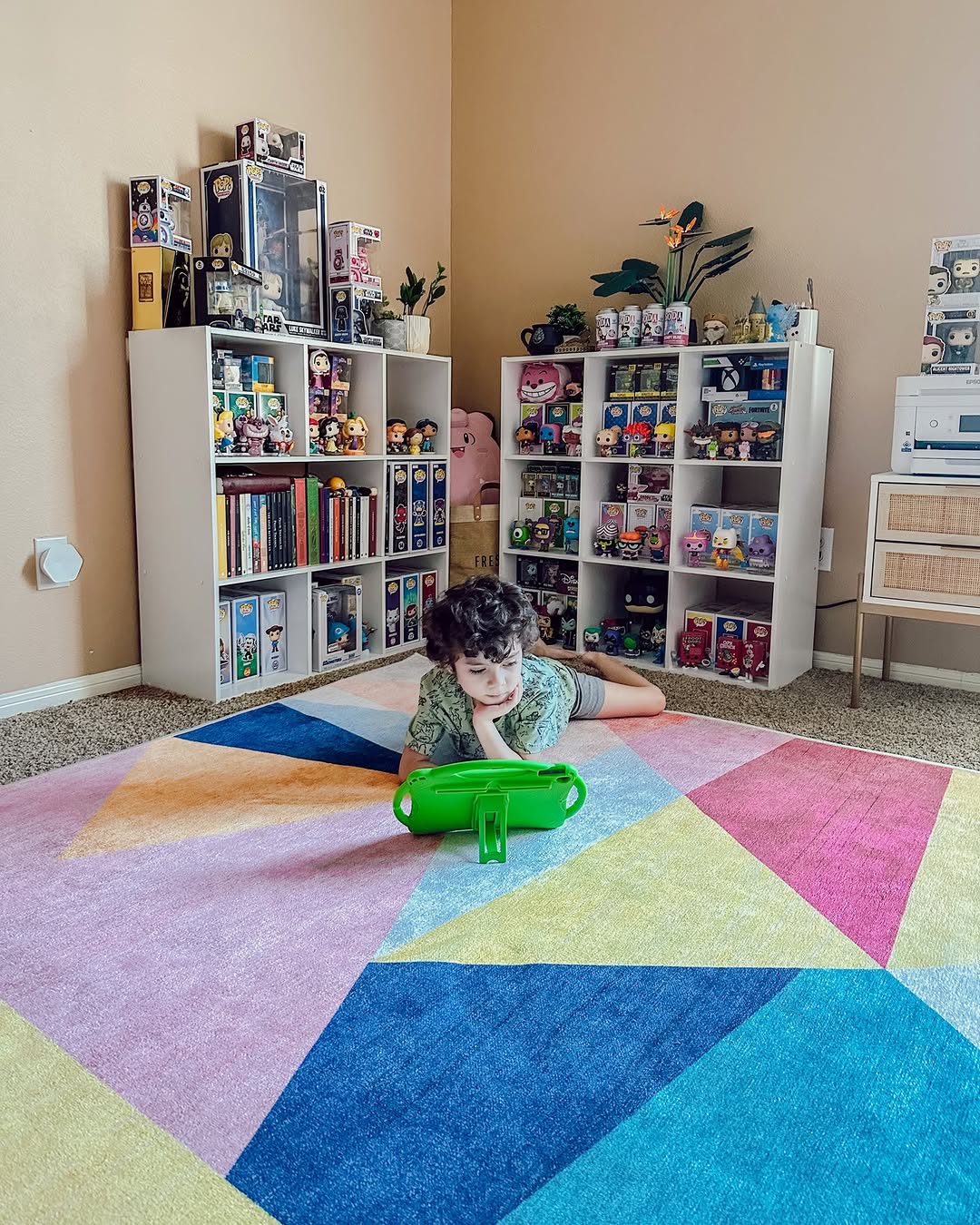
Area rugs are a must-have in any playroom. Not only do they add comfort, but they can also help define the space, especially in rooms that are multifunctional. Whether you’re setting up a cozy reading nook or creating a designated play area, a soft, cushioned rug makes it easier for kids to sit, crawl, and play. Choose rugs with fun patterns like animal prints, geometric shapes, or colorful stripes to enhance the playful vibe of the room. The texture and warmth that a rug provides can also make the space feel more inviting.
4. Interactive Wall Clocks with Fun Designs
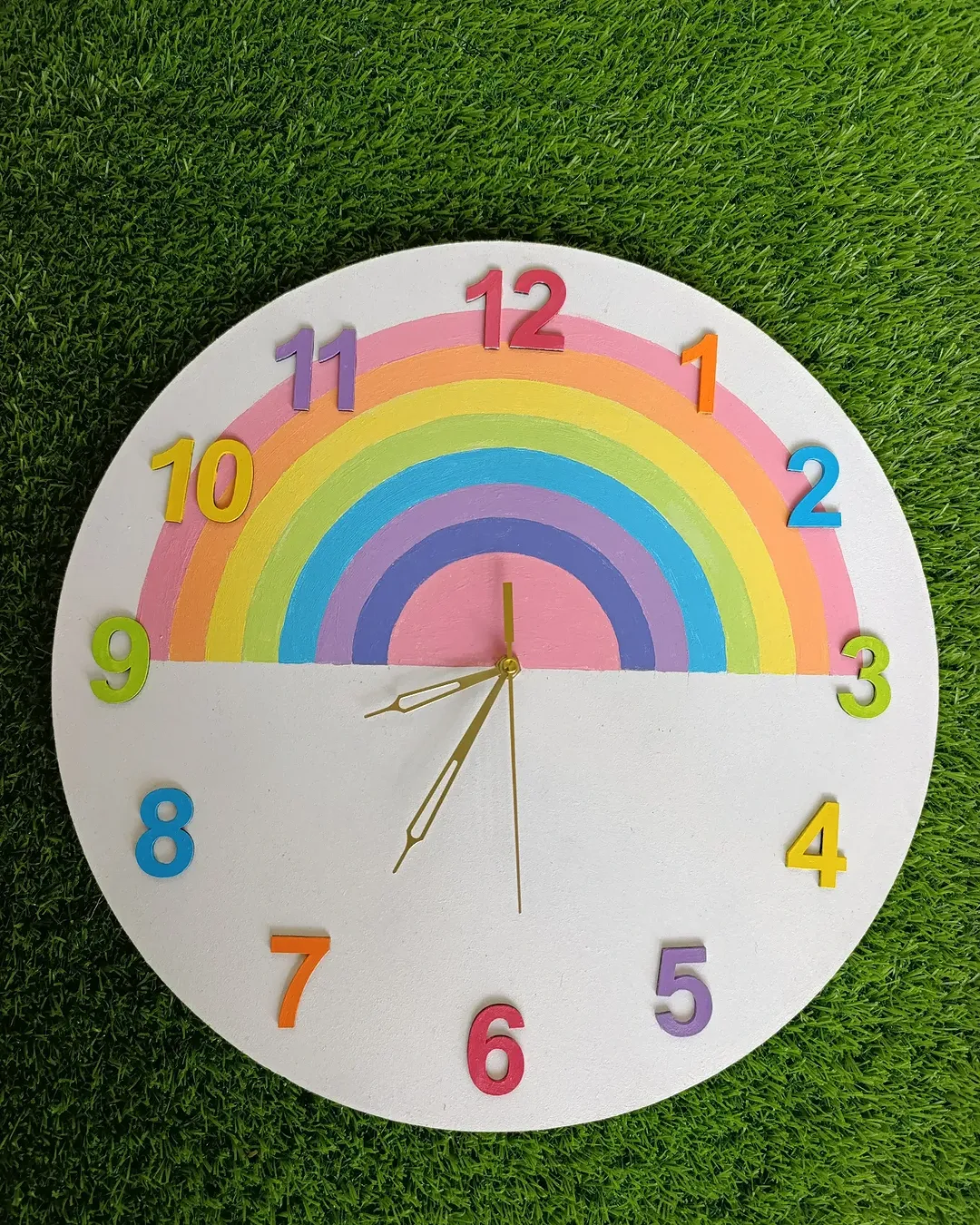
source @innovative_art_zone
Wall clocks can be more than just functional items in a playroom; they can also become interactive learning tools. Choose a clock that features bright colors, fun shapes, and easy-to-read numbers. Some clocks are designed with movable hands or elements that children can touch and manipulate, which encourages them to learn the concept of time in a hands-on way. Whether you go for a character-themed clock or a nature-inspired design, the right clock can be an educational yet decorative addition to the room.
5. Floating Bookshelves for Easy Access
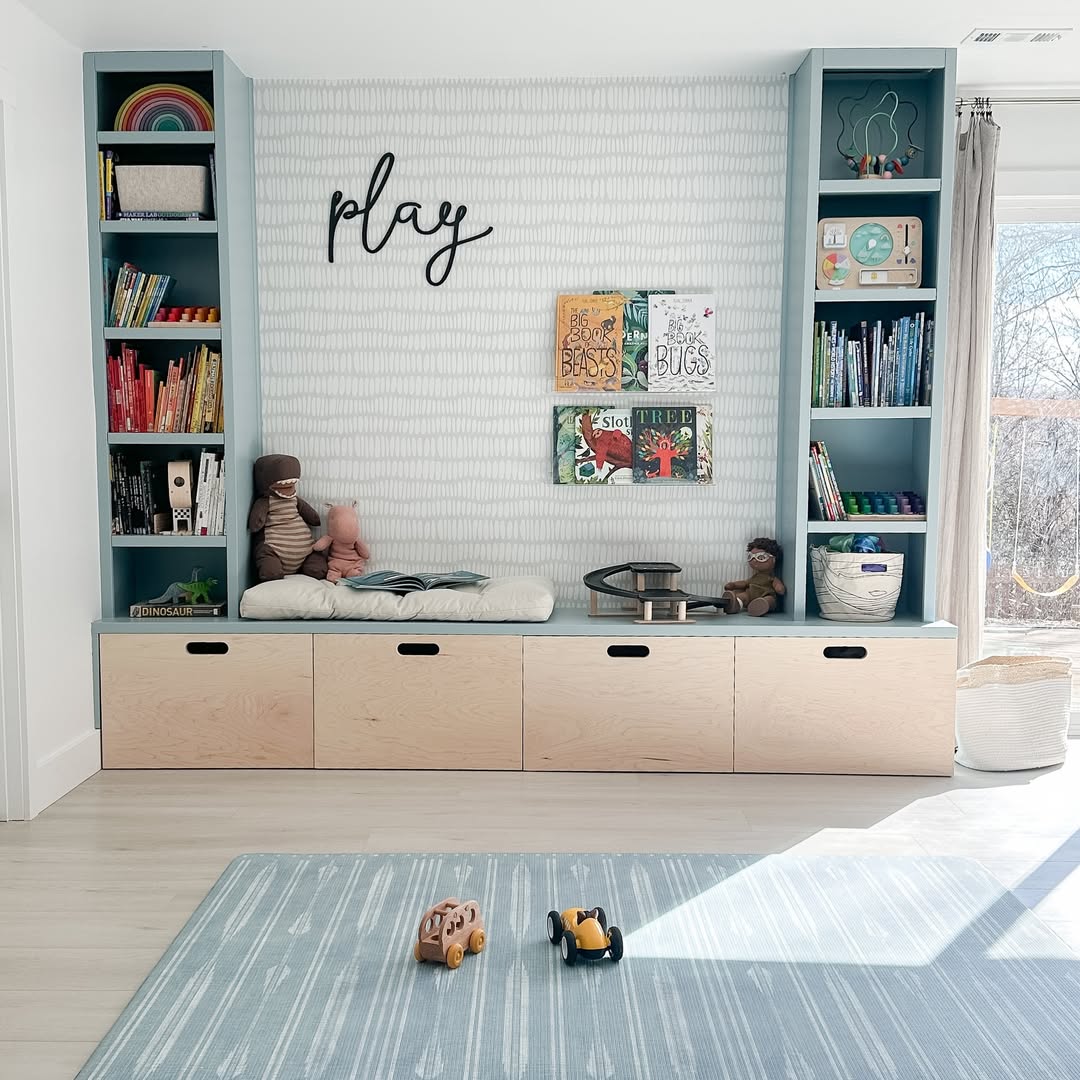
source @ourmodernplayroom
A cluttered playroom can quickly become overwhelming, but floating bookshelves are an elegant and space-saving solution. These shelves not only organize books but also double as a decoration feature. You can display your child’s favorite storybooks in a visually appealing manner, making it easier for them to pick out their next read. Floating shelves are particularly useful in smaller playrooms as they don’t take up floor space and can be mounted at a height that is easily accessible for children.
6. Playroom Chalkboard Wall for Creativity
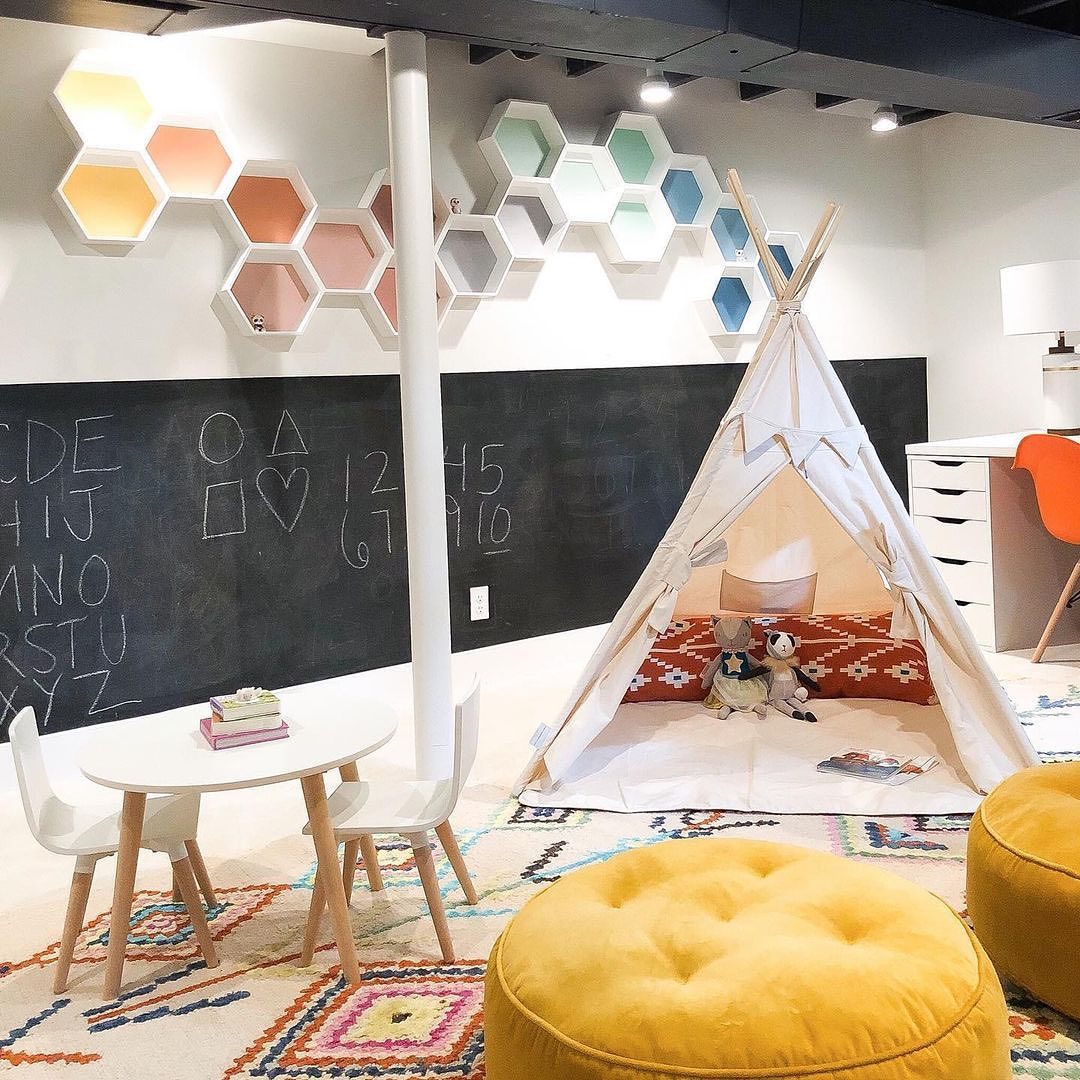
source @crateandkids
A chalkboard wall is a fantastic addition to a playroom because it provides an interactive space where kids can draw, write, and erase to their heart’s content. This versatile surface allows children to express their creativity freely without worrying about permanent marks. A chalkboard wall can be used for games, learning activities, or simply doodling. The beauty of this idea lies in its simplicity and the fact that it can be customized to suit your child’s age and interests.
7. Indoor Swing for Fun and Movement
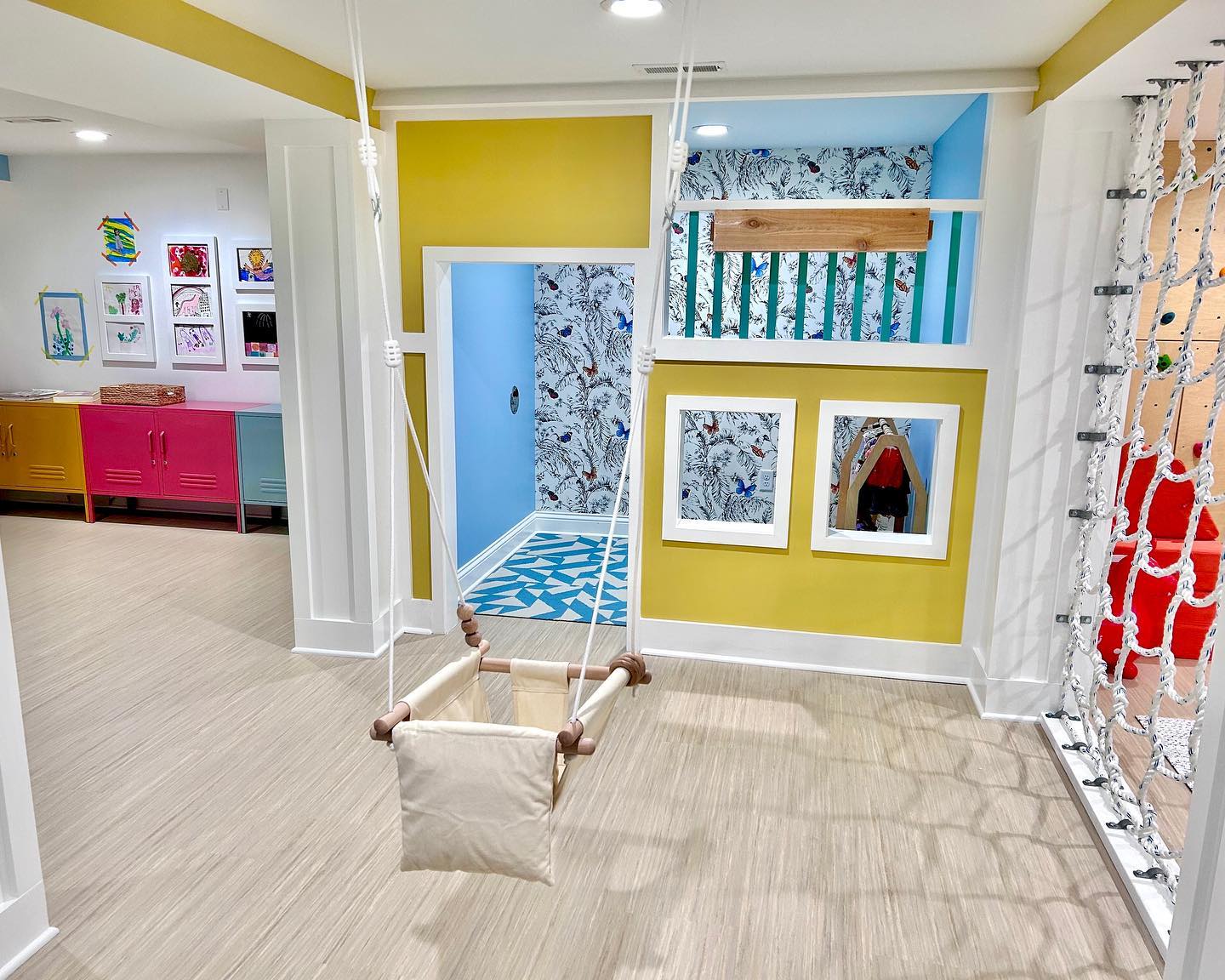
source @grohplayrooms
Introduce an indoor swing into your playroom to give your child a fun way to release energy. Whether it’s a simple rope swing or a cushioned hammock-style seat, an indoor swing adds a playful element to the room. Not only do swings provide fun, but they also promote physical activity, helping kids with coordination and balance. This is especially beneficial in homes with limited outdoor space.
8. DIY Craft Stations for Hands-On Fun
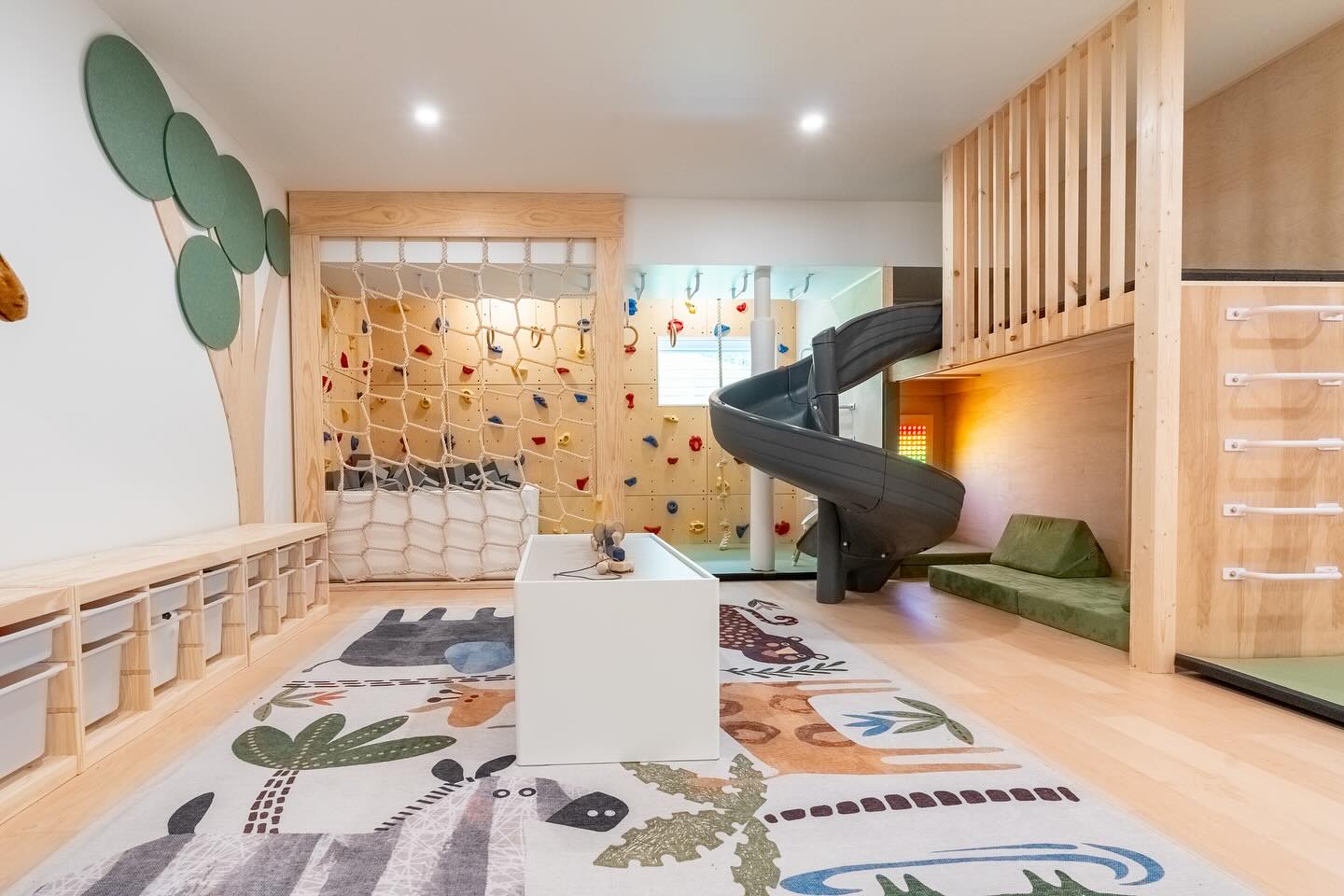
source @smartplayrooms
A DIY craft station encourages kids to be creative and hands-on with their projects. Set up a small table with all the supplies they need to make art, such as markers, crayons, scissors, glue, and paper. Keep the space organized with labeled storage bins and shelves for easy access to materials. Not only does a craft station enhance creativity, but it also provides a great opportunity for fine motor skill development and independent play.
9. Themed Furniture to Complete the Look
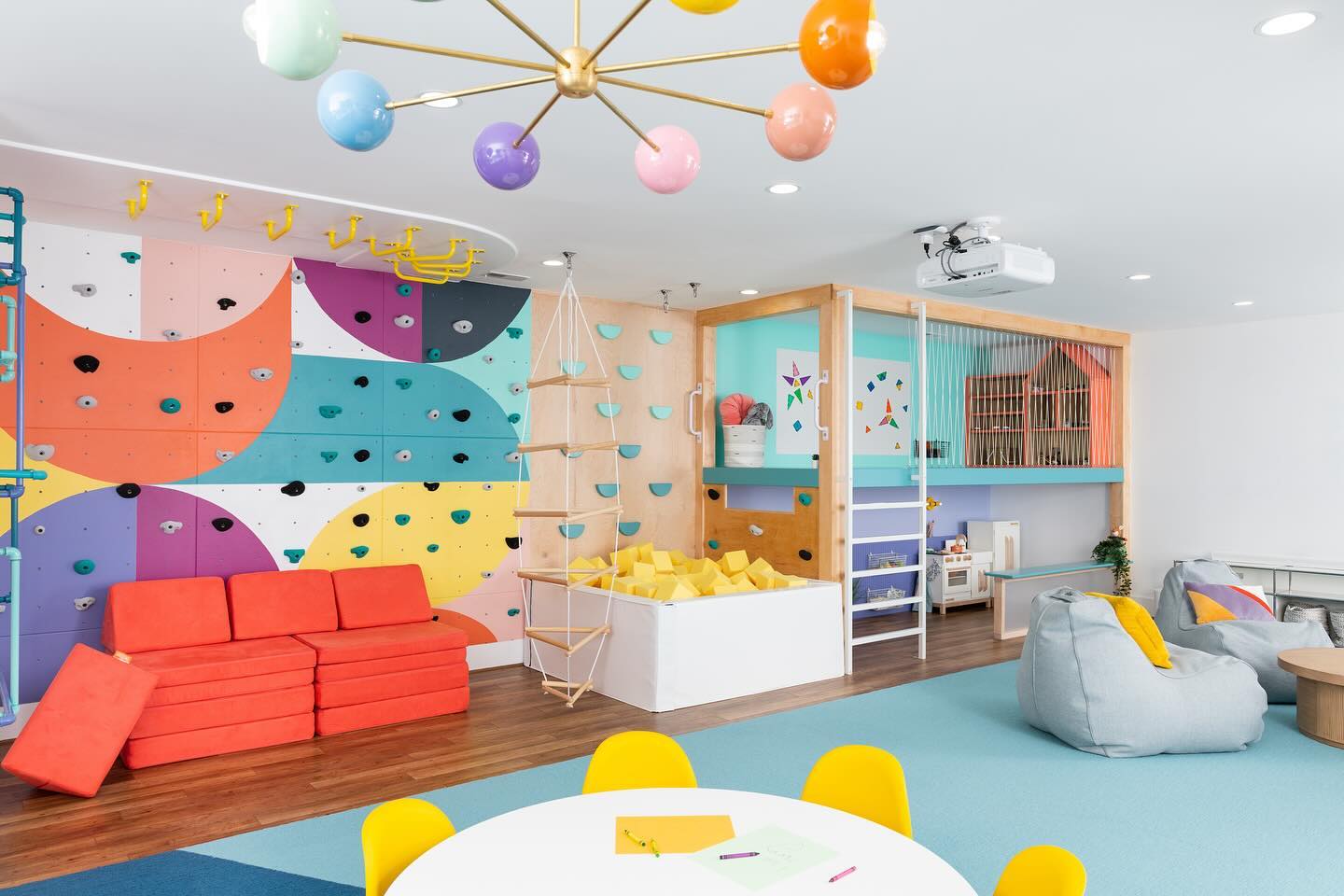
source @grohplayrooms
Furniture is essential in a playroom, but why settle for ordinary when you can incorporate playful designs? Consider adding themed furniture, like a bed shaped like a race car or a desk resembling a pirate ship. These whimsical pieces not only serve practical purposes but also add a layer of fun to the room’s decor. Customizable furniture that matches the playroom’s theme can help tie everything together and make the space feel cohesive.
10. Interactive Wall Panels for Learning and Fun
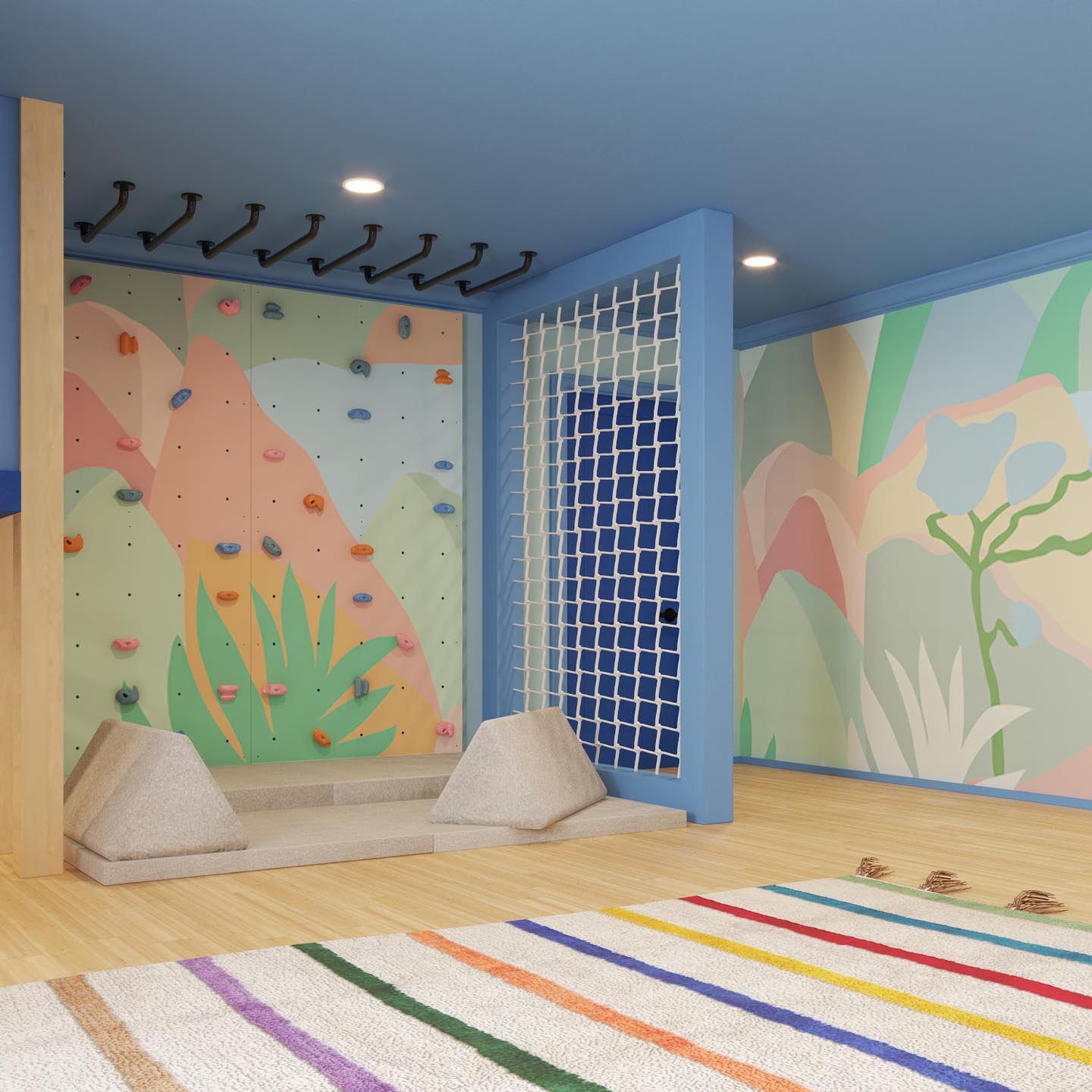
source @akoplayrooms
Interactive wall panels are an excellent way to engage your child’s mind while also serving as a decorative feature. These panels often include sensory elements such as buttons, levers, and shapes to manipulate. They provide tactile stimulation, and some even include puzzles or games that can help with cognitive development. Interactive wall panels are not only fun but also offer a quiet space for kids to concentrate and play independently.
11. Playful Toy Storage Solutions
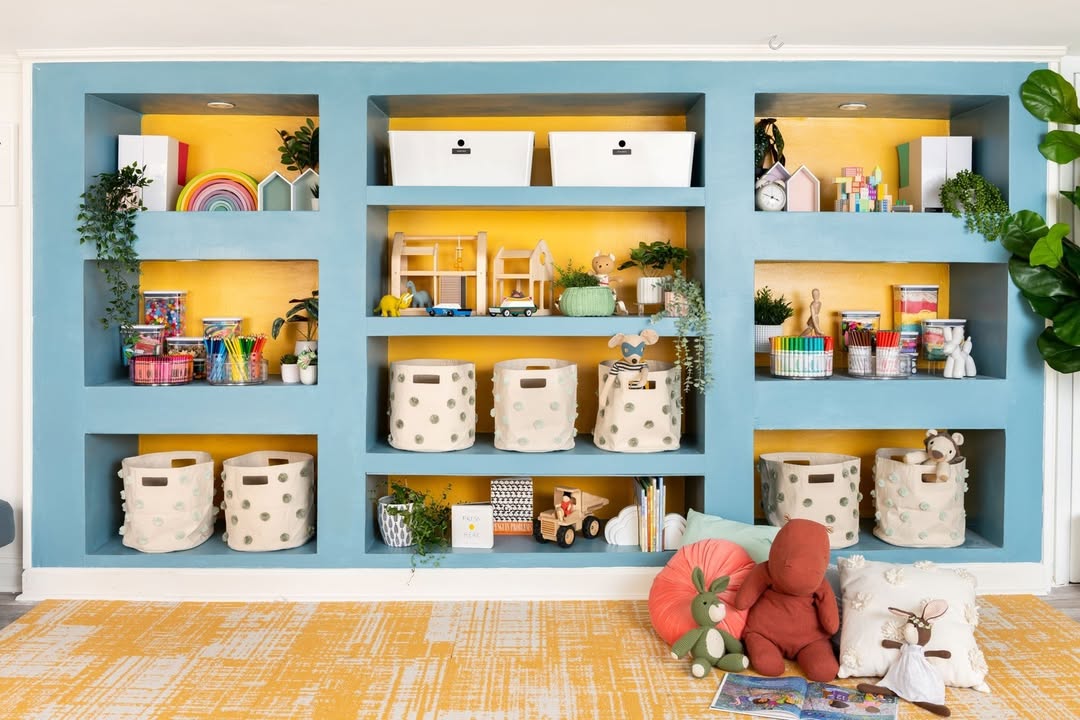
source @grohplayrooms
A playroom is meant for fun, but without proper storage solutions, it can quickly become chaotic. Toy storage should be both practical and fun, providing easy access to toys while also keeping the room organized. Consider using toy chests, bins, or cubby storage that matches the room’s theme. Labels can also help your child learn to organize their own toys, encouraging a sense of responsibility.
12. Cozy Reading Nook for Quiet Time
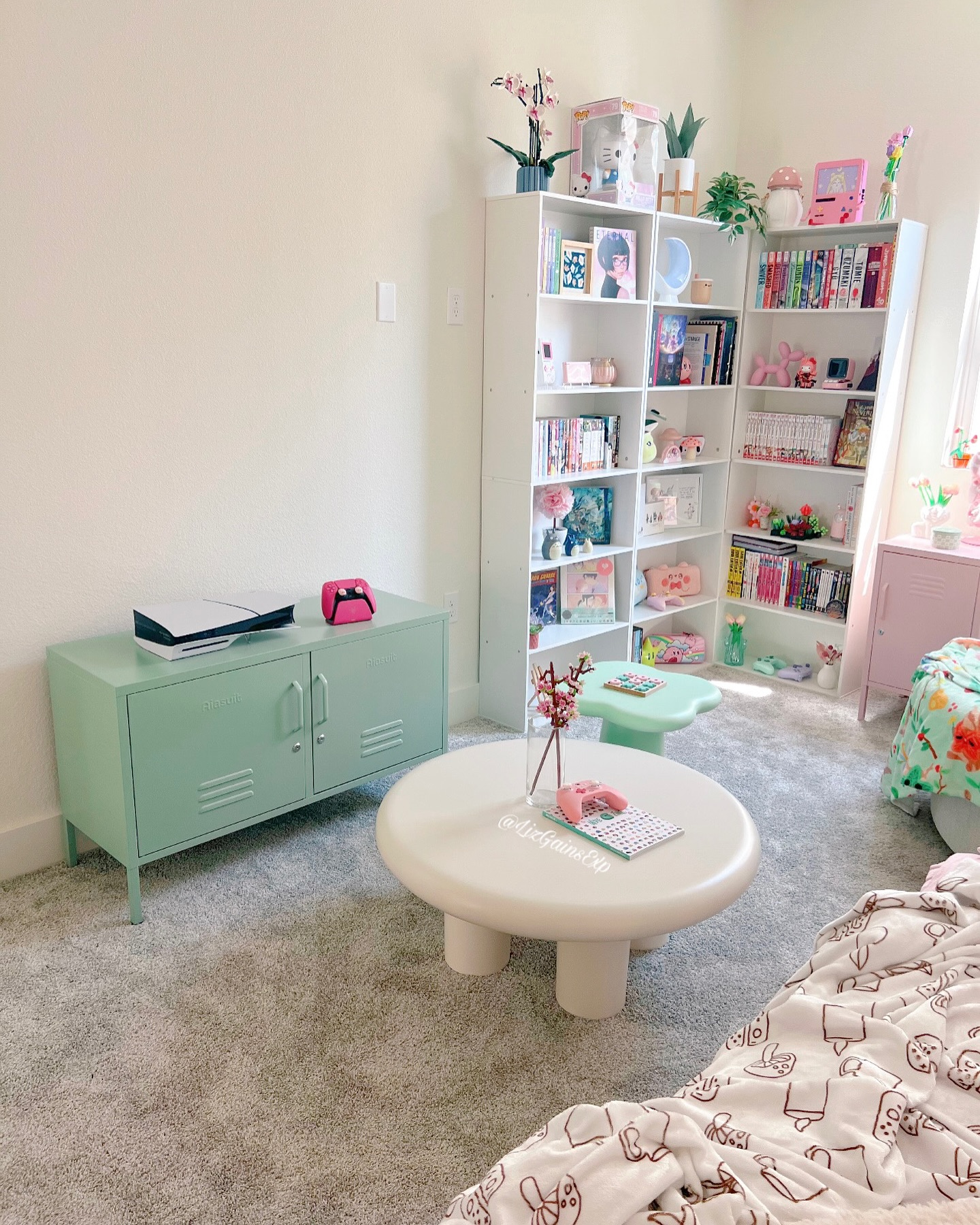
source @lizgainsexp
A reading nook is an ideal way to encourage literacy and provide a quiet space for kids to unwind. Create a cozy corner with soft cushions, a small bookshelf, and ambient lighting to make the area inviting. You can also add a few plush toys or a small tent to make the nook feel like a special retreat. This space will not only encourage reading but also provide a calming environment where kids can relax and recharge.
13. Playful Light Fixtures for Soft Lighting
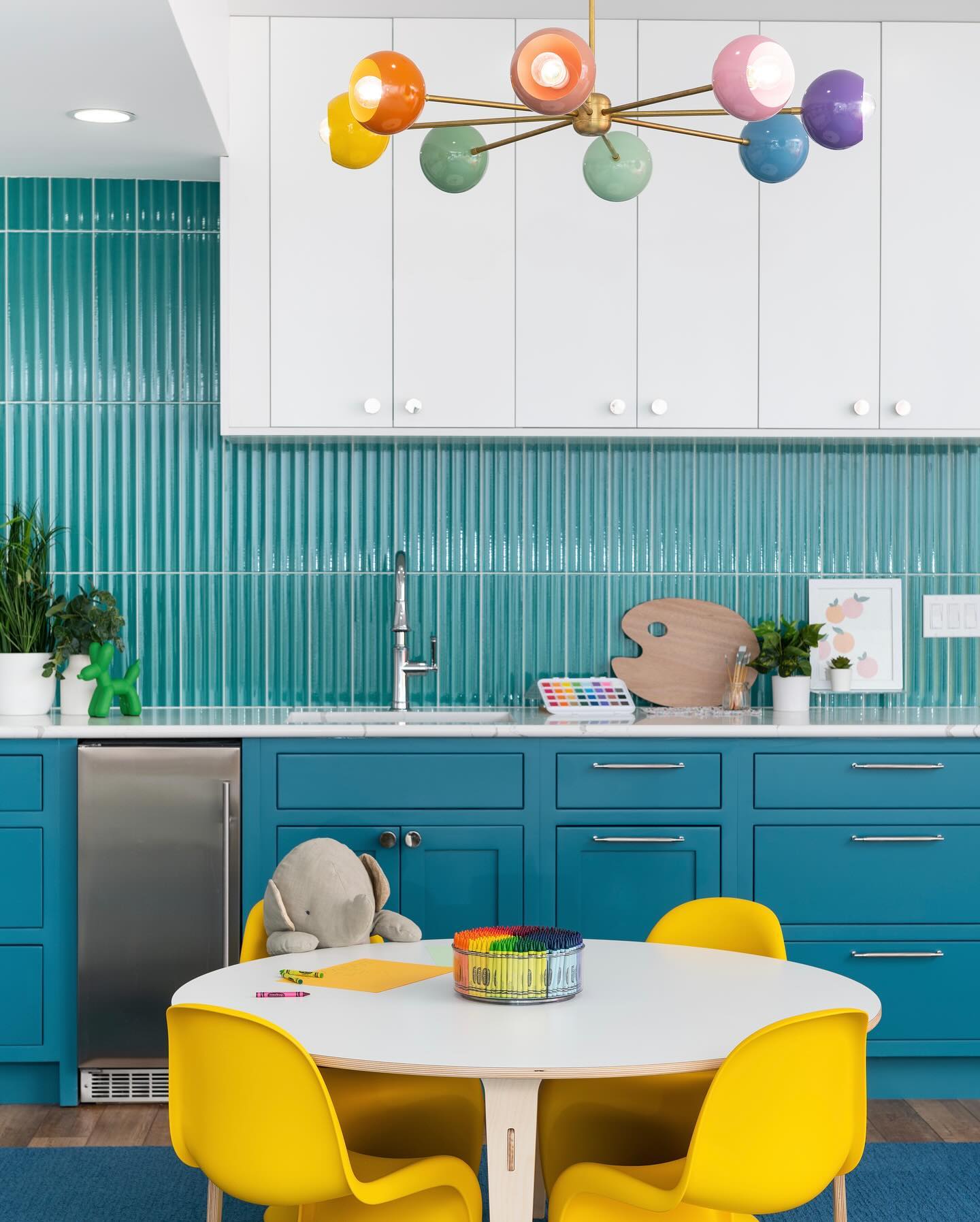
source @grohplayrooms
Lighting plays a significant role in creating the right atmosphere in a playroom. Instead of relying on harsh overhead lights, consider using playful light fixtures that add warmth and character. Pendant lights in fun shapes, such as stars, animals, or clouds, can make the room feel magical. Soft, adjustable lighting also allows you to create different moods depending on the time of day or the activity your child is doing
14. Soft, Plush Bean Bags for Relaxation
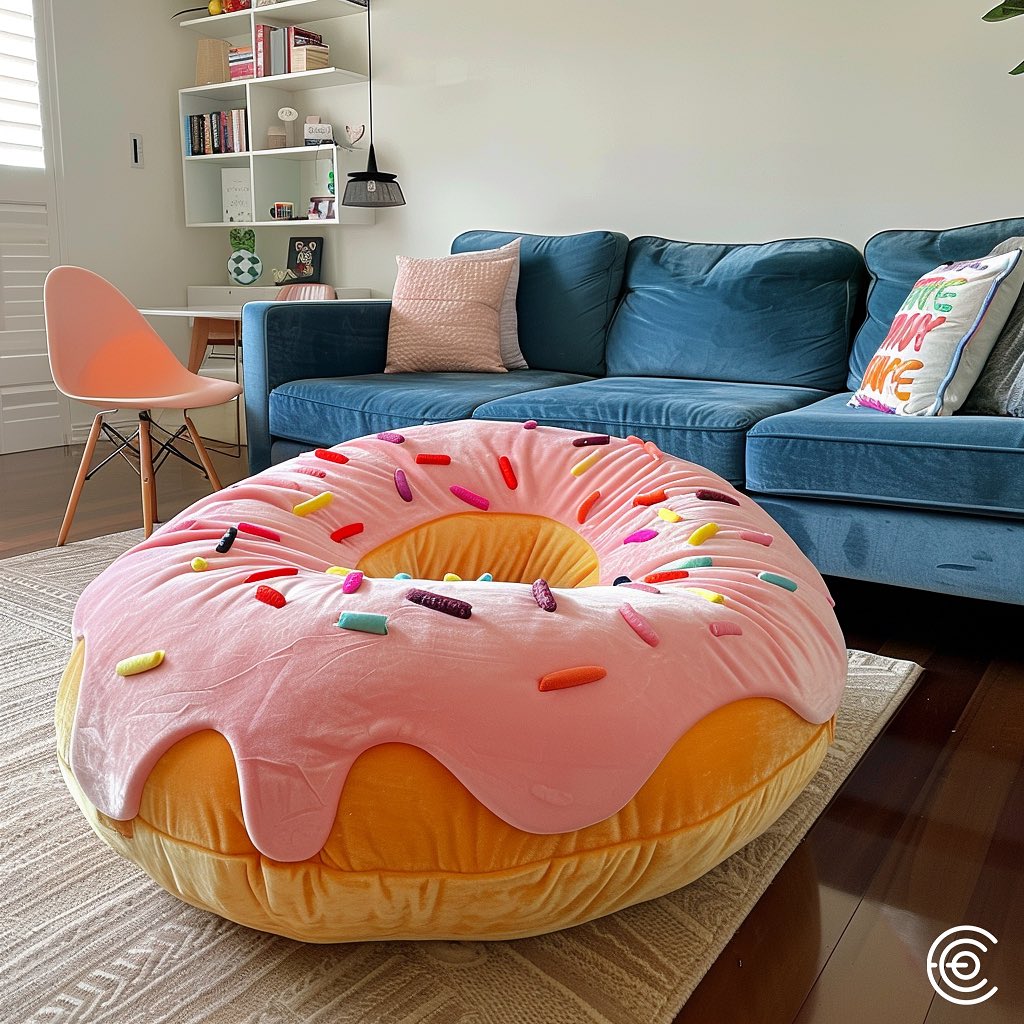
source @ecosapiens
Bean bags are an easy and comfortable seating option for a playroom. They come in a variety of sizes, shapes, and colors, so you can easily find one that suits your space and your child’s personality. Bean bags can be moved around, allowing for flexible seating during playtime or rest. They also provide a soft place to relax after an energetic day of play. The lightweight design makes them easy to move from one corner of the room to another, making them ideal for versatile use.
15. Personalized Name Signs for a Special Touch

source @avrellesigns
Add a personal touch to the playroom by incorporating custom name signs. Whether it’s a large, wall-mounted sign or smaller, individualized pieces, personalized decor makes the space feel unique to your child. Name signs can also help teach children to identify their own names, offering both decorative and educational value. These custom pieces can be designed to match the playroom’s overall theme, creating a personalized experience for your little one that’s both functional and stylish.
16. Kids’ Play Kitchen for Imaginative Play
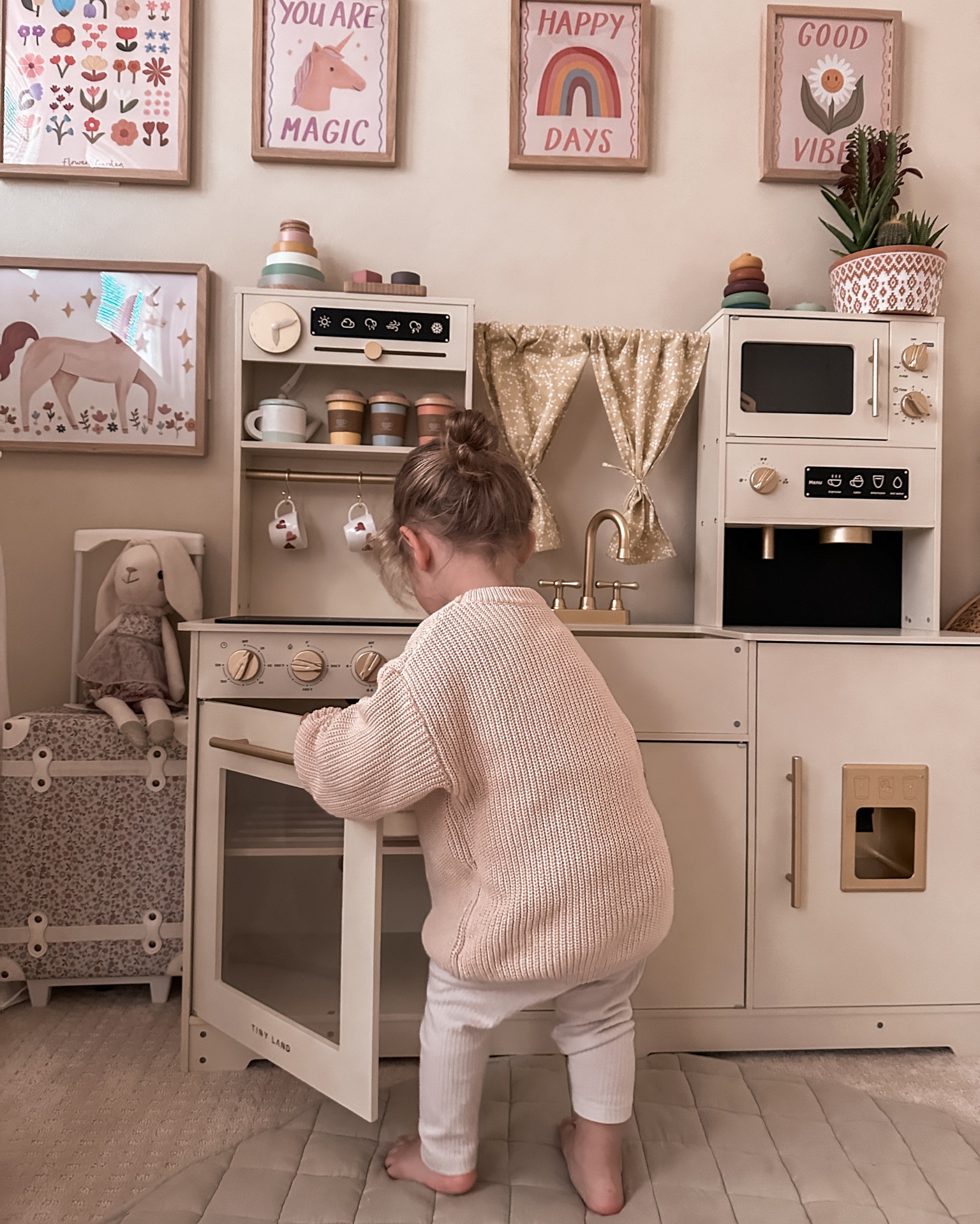
source @tinylandus
A play kitchen is one of the most beloved features in any playroom. It allows children to role-play, develop social skills, and explore creativity through pretend cooking. Whether it’s a traditional wooden set or a modern kitchen with realistic features like running water or lights, a play kitchen can provide hours of fun and imaginative play. These kitchens often come with play utensils, pots, pans, and fake food items, giving your child everything they need to role-play family meals or cooking classes. Not only does it foster independence, but it also enhances problem-solving and teamwork as kids learn to share and take turns.
17. Colorful Wall Decals for Easy Decor
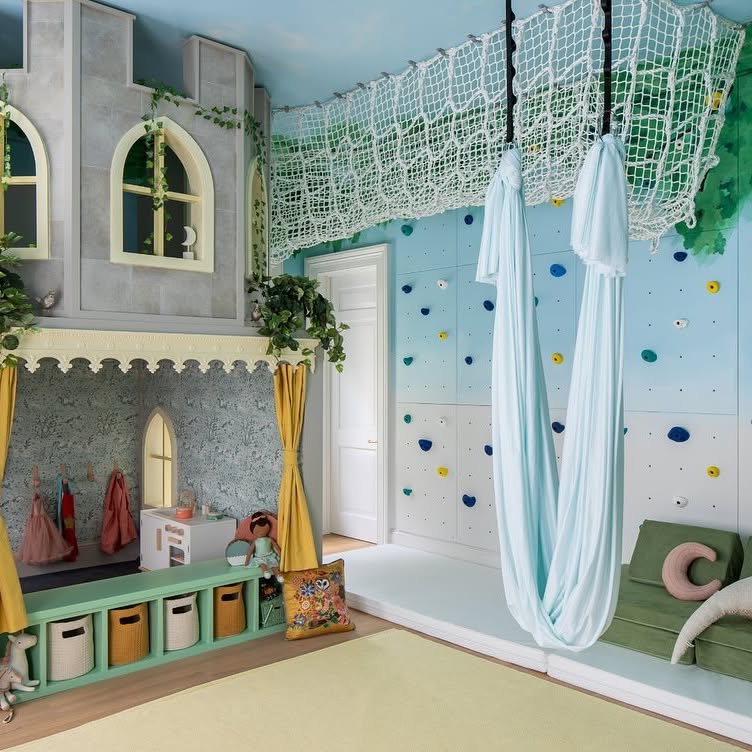
source @grohplayrooms
Wall decals are an easy, affordable way to decorate a playroom without making a permanent commitment. These removable stickers come in a variety of designs, such as animals, plants, or inspirational quotes. They’re easy to apply, reposition, and remove, making them perfect for kids who outgrow certain themes. Whether you’re decorating for a toddler or a school-aged child, you can find decals that are both playful and educational, allowing your child to enjoy different themes throughout their childhood.
18. Sensory Play Zones for Exploration
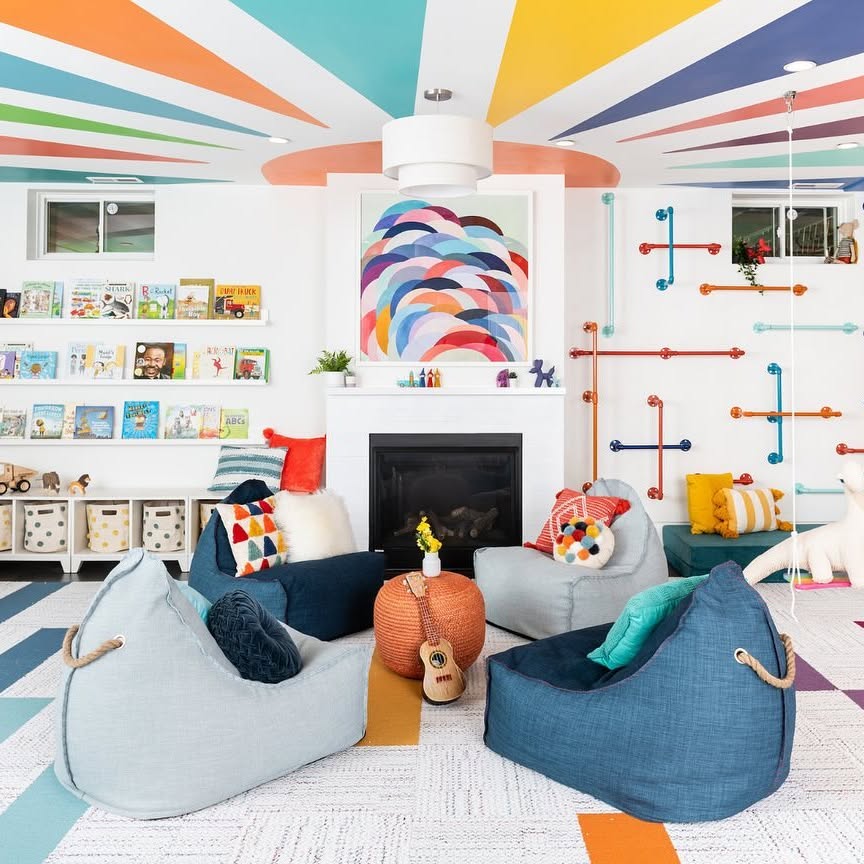
source @grohplayrooms
Creating a sensory play zone allows children to explore different textures, sounds, and movements, which are essential for their development. Consider including sensory bins filled with items like rice, beads, or fabric scraps. Textured mats, squishy toys, or foam blocks can also provide tactile stimulation. These sensory zones encourage exploration and can help calm children when they need a break from active play. Sensory activities also promote fine motor skills, hand-eye coordination, and cognitive development, making them an excellent addition to any playroom.
19. Mini Playhouse for Indoor Fun
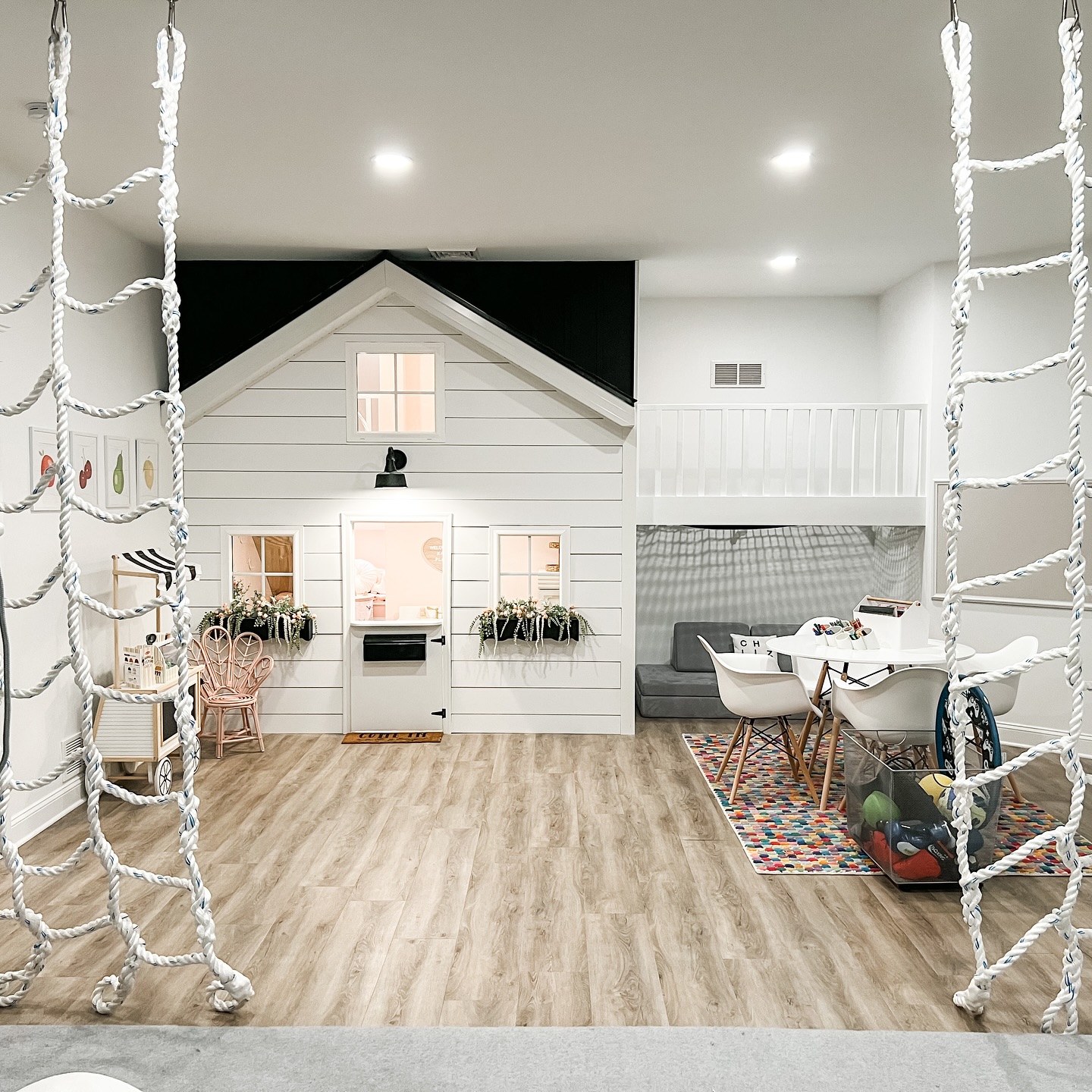
source @smartplayrooms
A mini playhouse is an ideal addition to a playroom for imaginative play. These little structures can range from simple tents to more elaborate wooden houses with windows and doors. Playhouses create a mini-world for kids to explore, role-play, and even organize their toys. With a playhouse, kids can pretend they’re at the beach, in a castle, or even running a café, offering endless possibilities for pretend play. Playhouses provide a cozy space that can also serve as a reading nook or a quiet corner for relaxation.
20. Activity Tables for Hands-On Learning
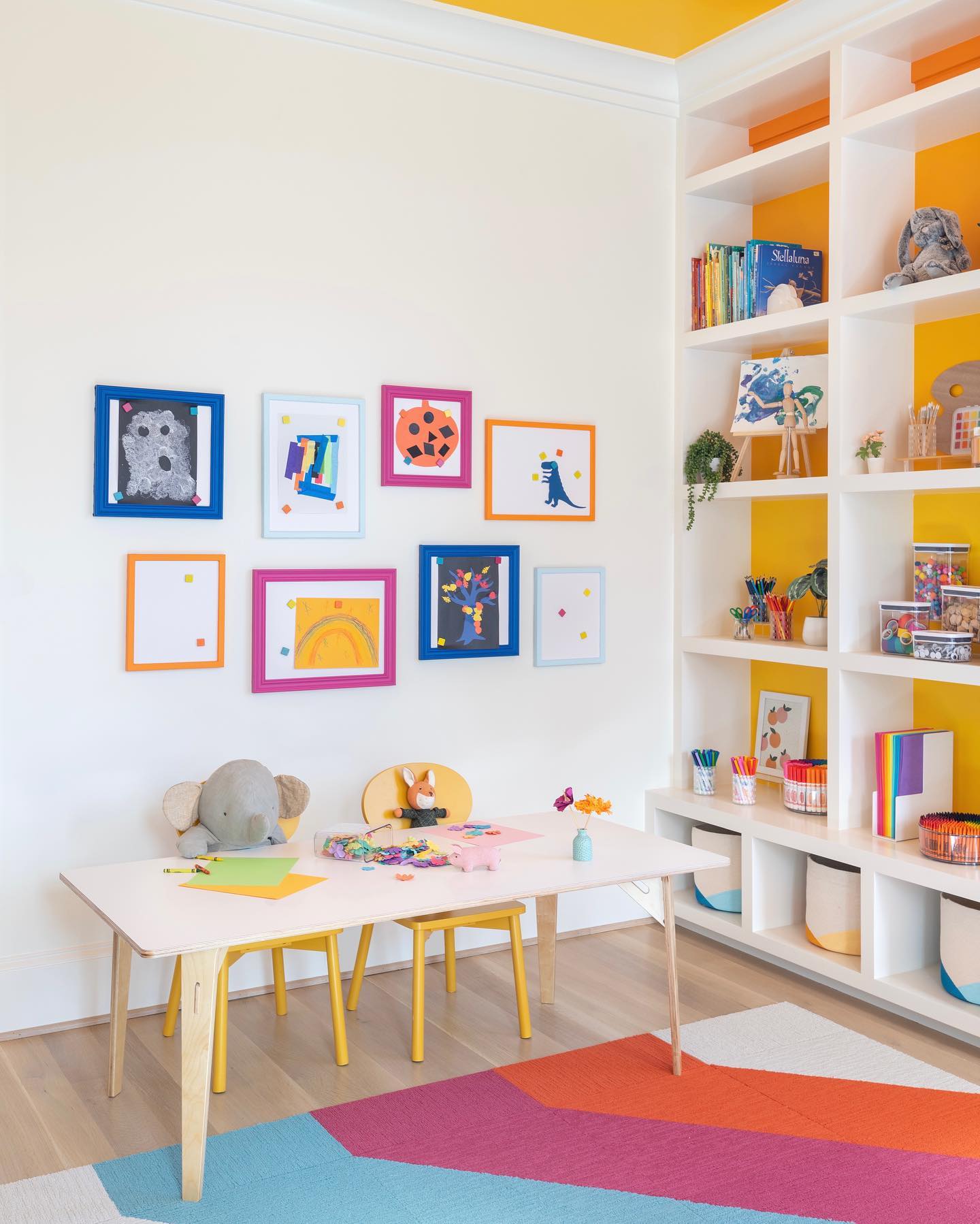
source @grohplayrooms
An activity table is a versatile and functional piece of furniture for any playroom. These tables often come with built-in compartments for storage, and some include activities like building blocks, puzzles, or educational games. Activity tables are designed to foster creativity, problem-solving, and fine motor skills. Whether it’s a multi-functional table with multiple activities or a simple table where kids can draw and create, this piece of furniture is a must-have for any playroom.
21. Playful Wall Clocks for Time Management
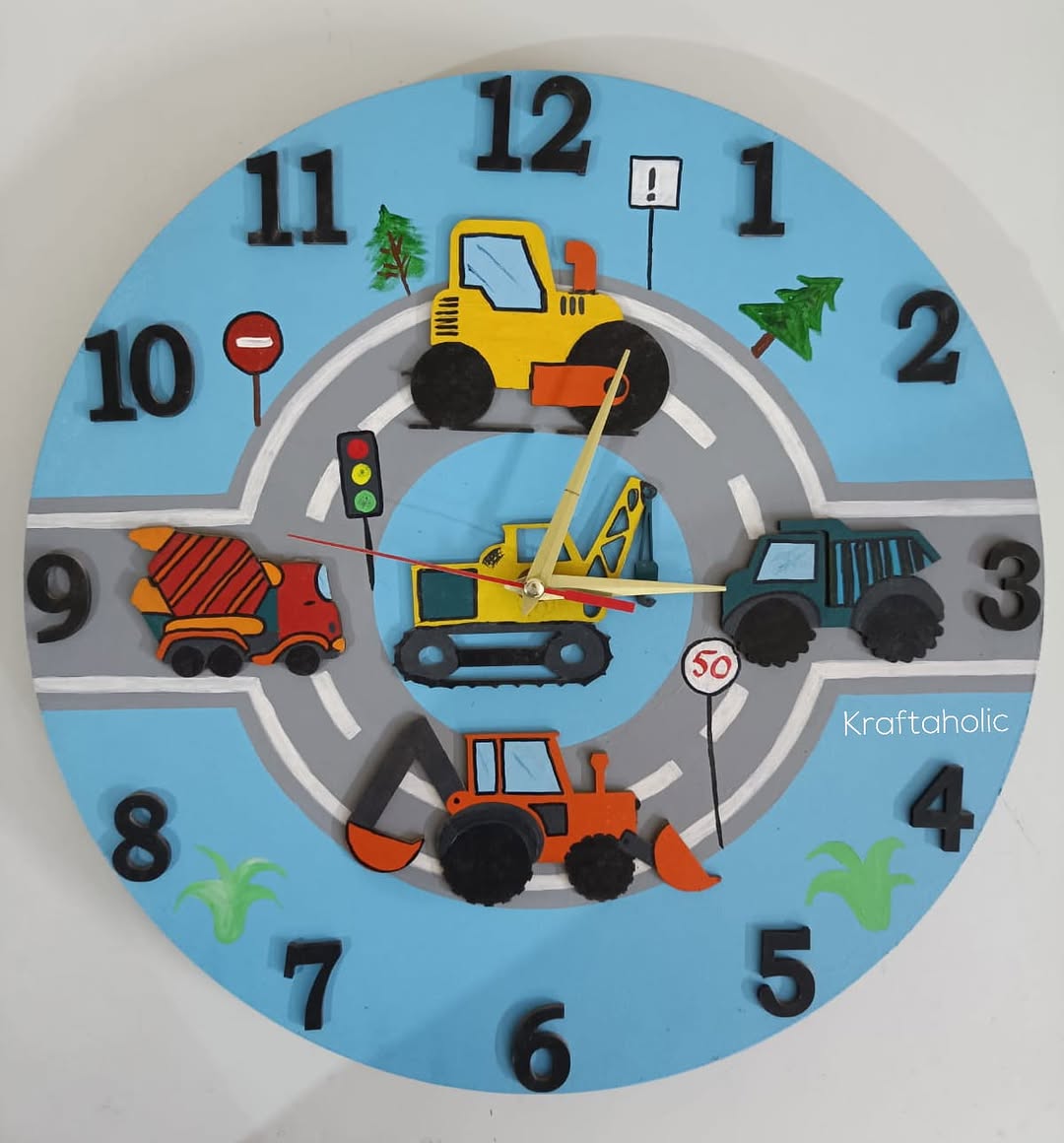
source @kraftaholicmommy
Wall clocks designed for kids can add a playful yet functional element to your playroom. These clocks often feature large, easy-to-read numbers, bright colors, and fun shapes like animals, flowers, or cars. Not only are these clocks an educational tool, teaching kids how to tell time, but they also serve as a decorative element. A fun, interactive wall clock can help teach your child valuable time-management skills in a way that’s engaging and enjoyable.
22. Interactive Learning Walls
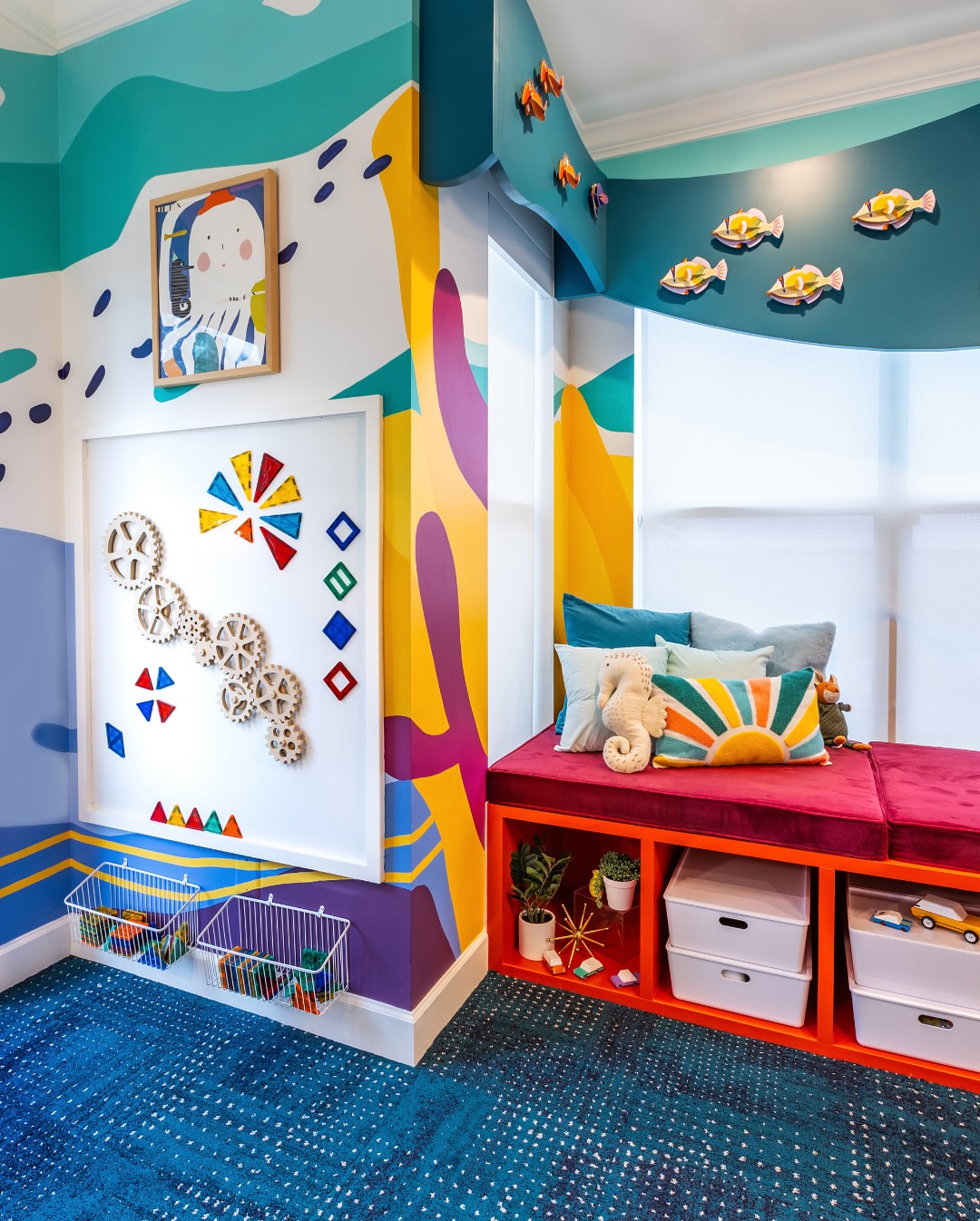
source @grohplayrooms
An interactive learning wall can turn any blank wall into a fun, educational experience. Consider incorporating a variety of learning tools such as alphabet charts, number boards, or tactile activities like touch-and-feel boards. You can use magnetic letters and numbers or attach fun learning materials that encourage exploration and learning. This interactive feature adds both educational value and fun to the room, providing a space for your child to engage with learning materials independently

